Why do you not need a commercial hood with a Capital Culinarian?
ideagirl2
11 years ago
Related Stories

KITCHEN DESIGNA Cook’s 6 Tips for Buying Kitchen Appliances
An avid home chef answers tricky questions about choosing the right oven, stovetop, vent hood and more
Full Story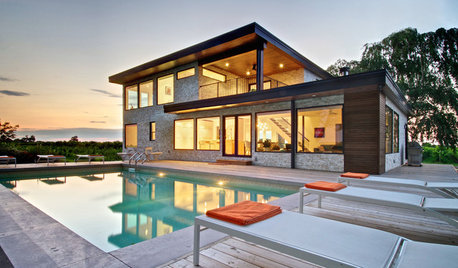
HOUZZ TOURSMy Houzz: Midcentury Modern Style Transforms a Vineyard Bungalow
Spectacular surroundings and iconic design inspiration meet in a major overhaul of a 1960s Ontario home
Full Story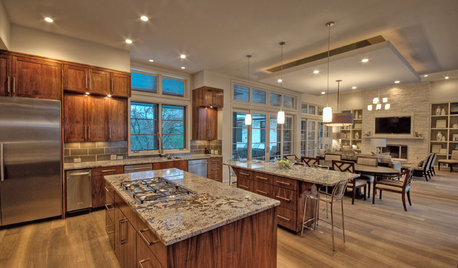
KITCHEN DESIGN7 Strategies for a Well-Designed Kitchen
Get a kitchen that fits your lifestyle and your design tastes with these guidelines from an architect
Full Story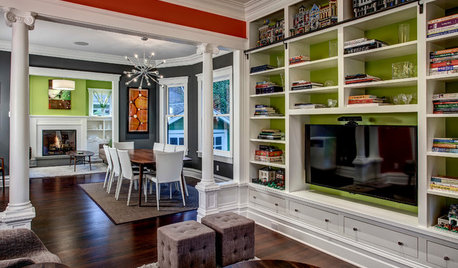
HOUZZ TV FAVORITESHouzz Tour: A Home Built for Lego Play
Candy colored and classically inspired, this remodeled Seattle home combines the best of past and present
Full Story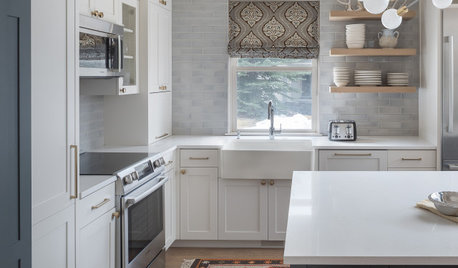
ORGANIZING7-Day Plan: Get a Spotless, Beautifully Organized Kitchen
Our weeklong plan will help you get your kitchen spick-and-span from top to bottom
Full Story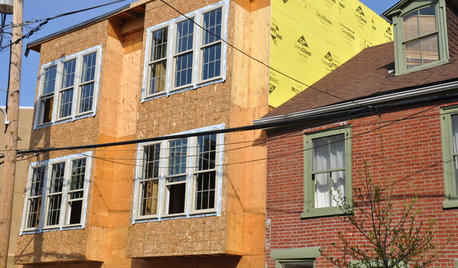
WORKING WITH PROS5 Steps to Help You Hire the Right Contractor
Don't take chances on this all-important team member. Find the best general contractor for your remodel or new build by heeding this advice
Full Story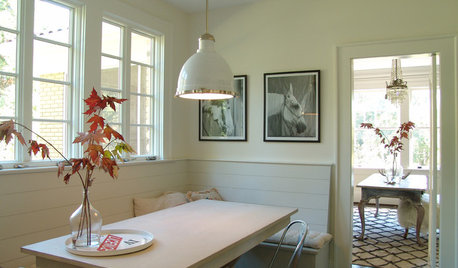
FEEL-GOOD HOMESimple Pleasures: Make Do and Mend
Experience the satisfaction of fixing, repurposing and creating things yourself around the home
Full Story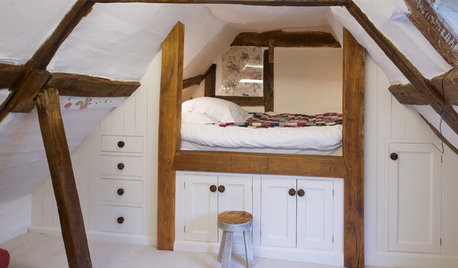
STORAGE12 Built-In Storage Solutions for Small Spaces
Check out an architect’s guide to some inspiring ways to build in extra cabinets, shelves and cubbyholes at the start of a project
Full Story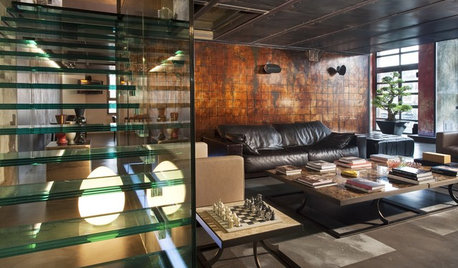
HOUZZ TOURSHouzz Tour: Warm and Seductive Loft in Milan
Masterful Finishes Transform Factory Into a Personalized Home That Glows
Full Story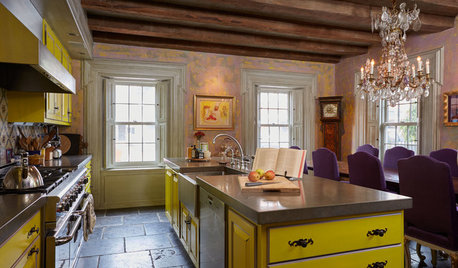
RUSTIC STYLENew This Week: 3 Warm and Inviting Rustic Kitchens
Look to raw and natural materials to create a cozy cottage vibe full of charm
Full Story






oldbat2be
caliente63
Related Professionals
Ballenger Creek Kitchen & Bathroom Designers · Baltimore Kitchen & Bathroom Designers · Federal Heights Kitchen & Bathroom Designers · Queen Creek Kitchen & Bathroom Designers · Ridgewood Kitchen & Bathroom Designers · Verona Kitchen & Bathroom Designers · South Farmingdale Kitchen & Bathroom Designers · Fullerton Kitchen & Bathroom Remodelers · Mesquite Kitchen & Bathroom Remodelers · Overland Park Kitchen & Bathroom Remodelers · Schiller Park Kitchen & Bathroom Remodelers · Joppatowne Kitchen & Bathroom Remodelers · Holt Cabinets & Cabinetry · Jefferson Valley-Yorktown Cabinets & Cabinetry · Prospect Heights Cabinets & Cabinetryjwvideo
ideagirl2Original Author
jwvideo
colin3
ideagirl2Original Author
jwvideo
otterkill
ideagirl2Original Author
kaseki
weedmeister
will2kz
brickeyee